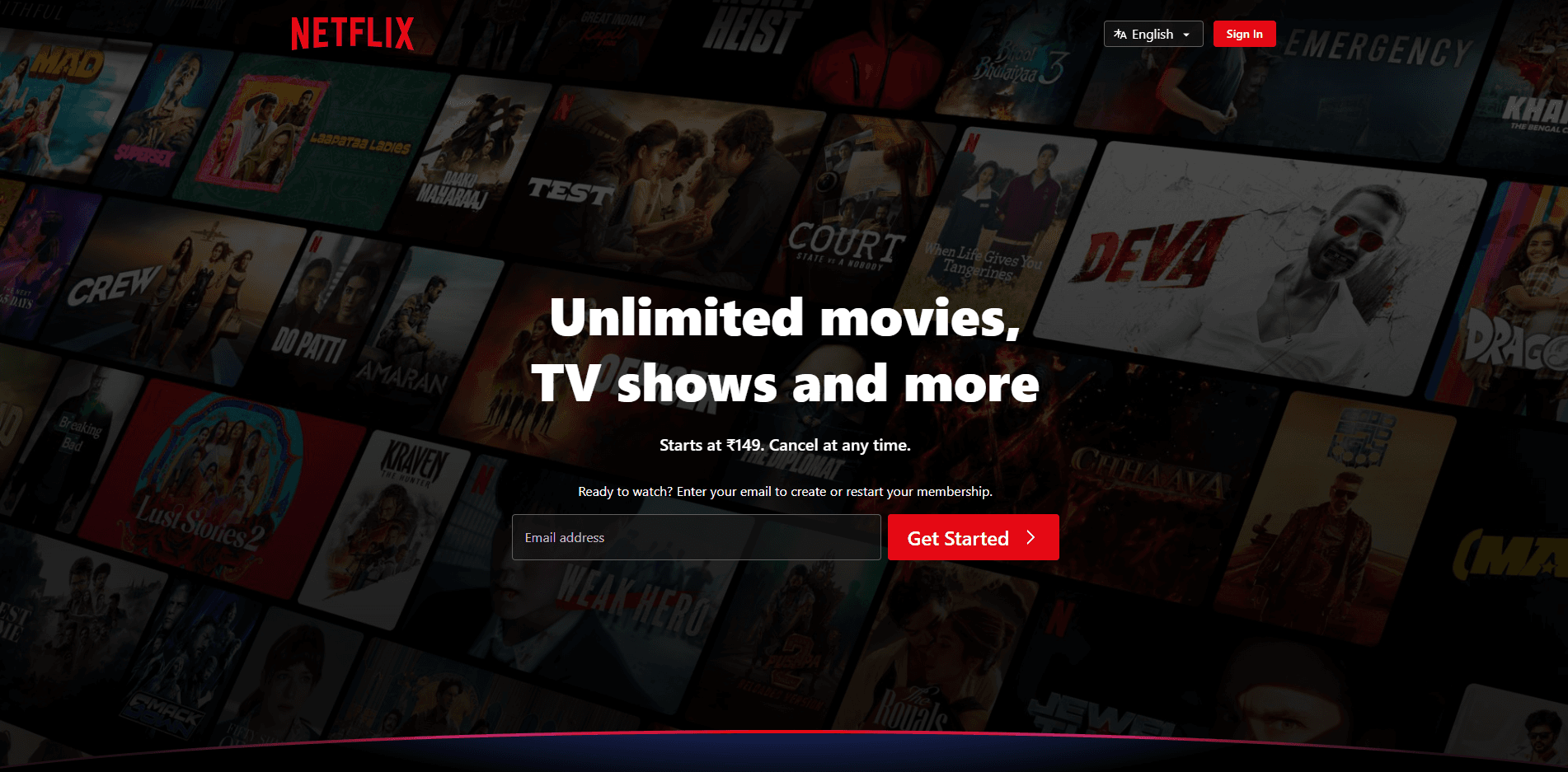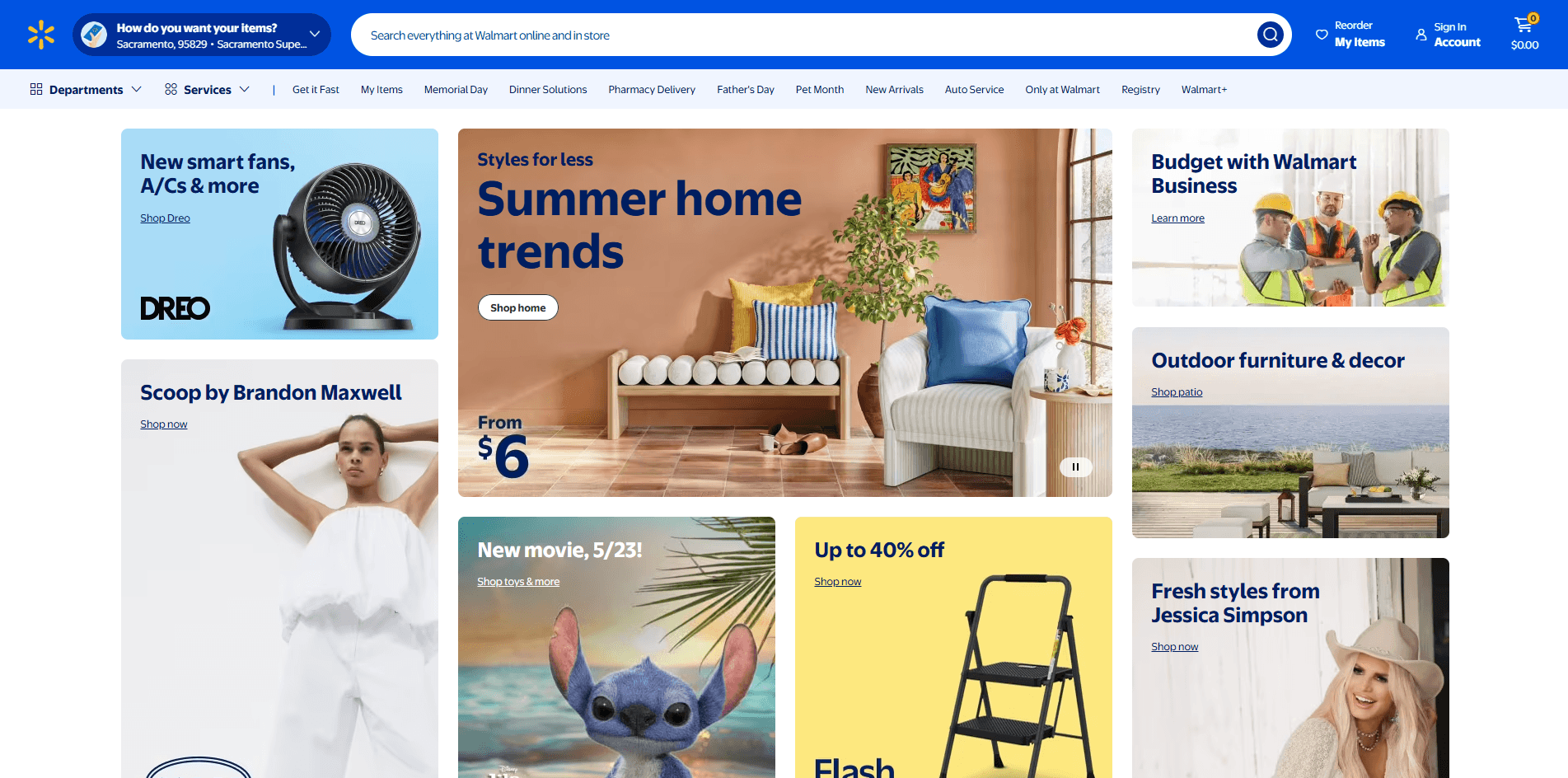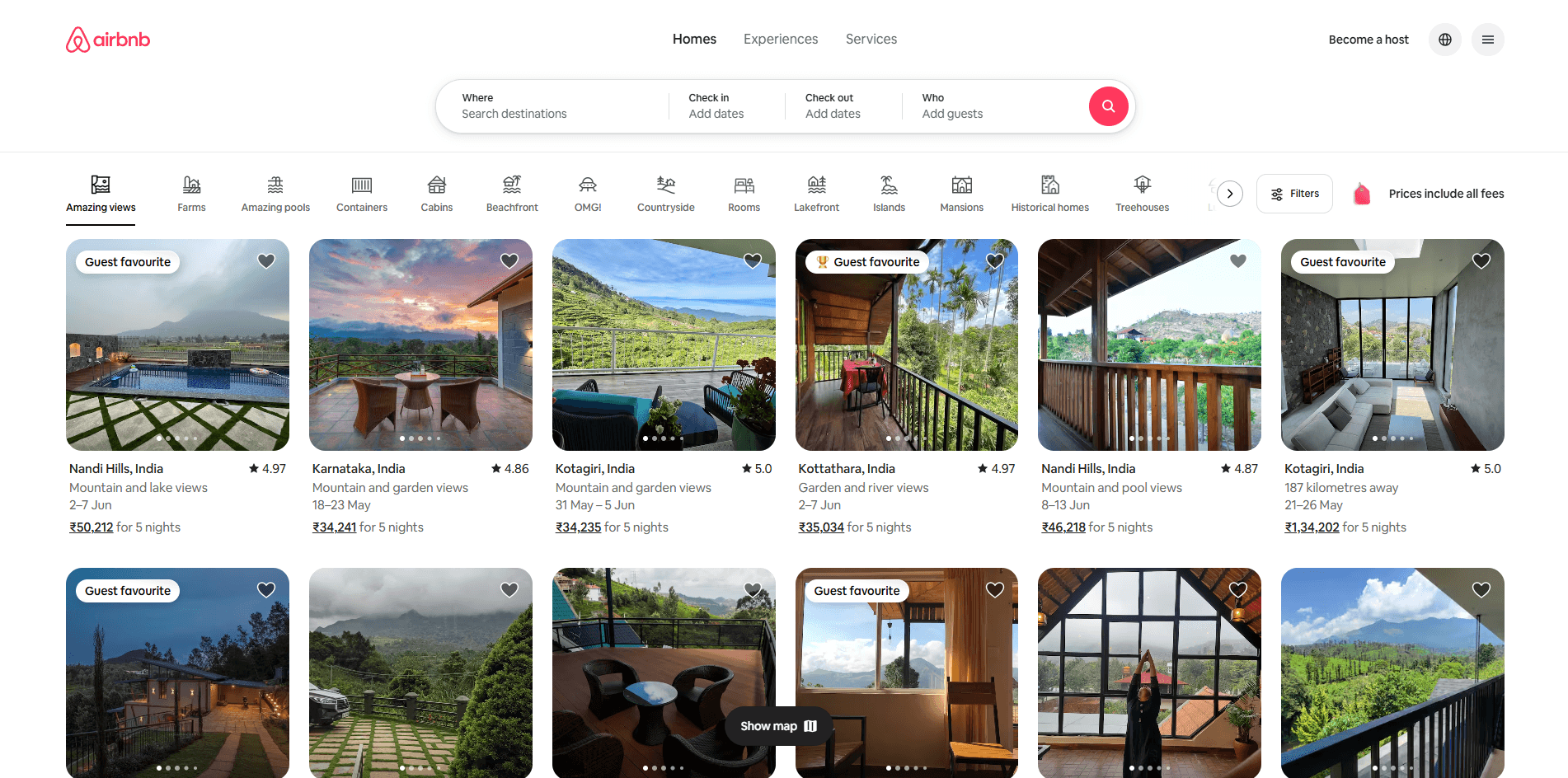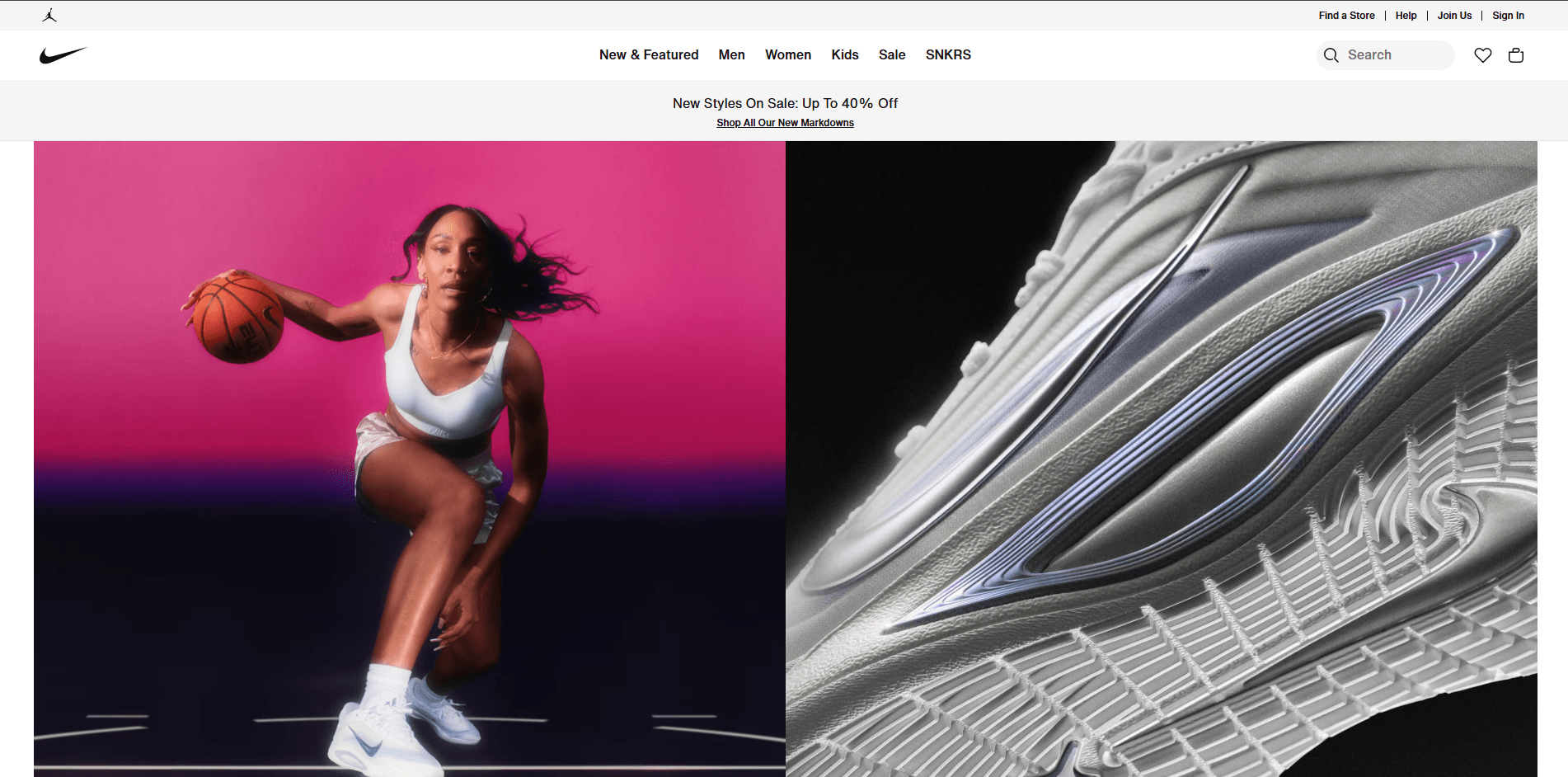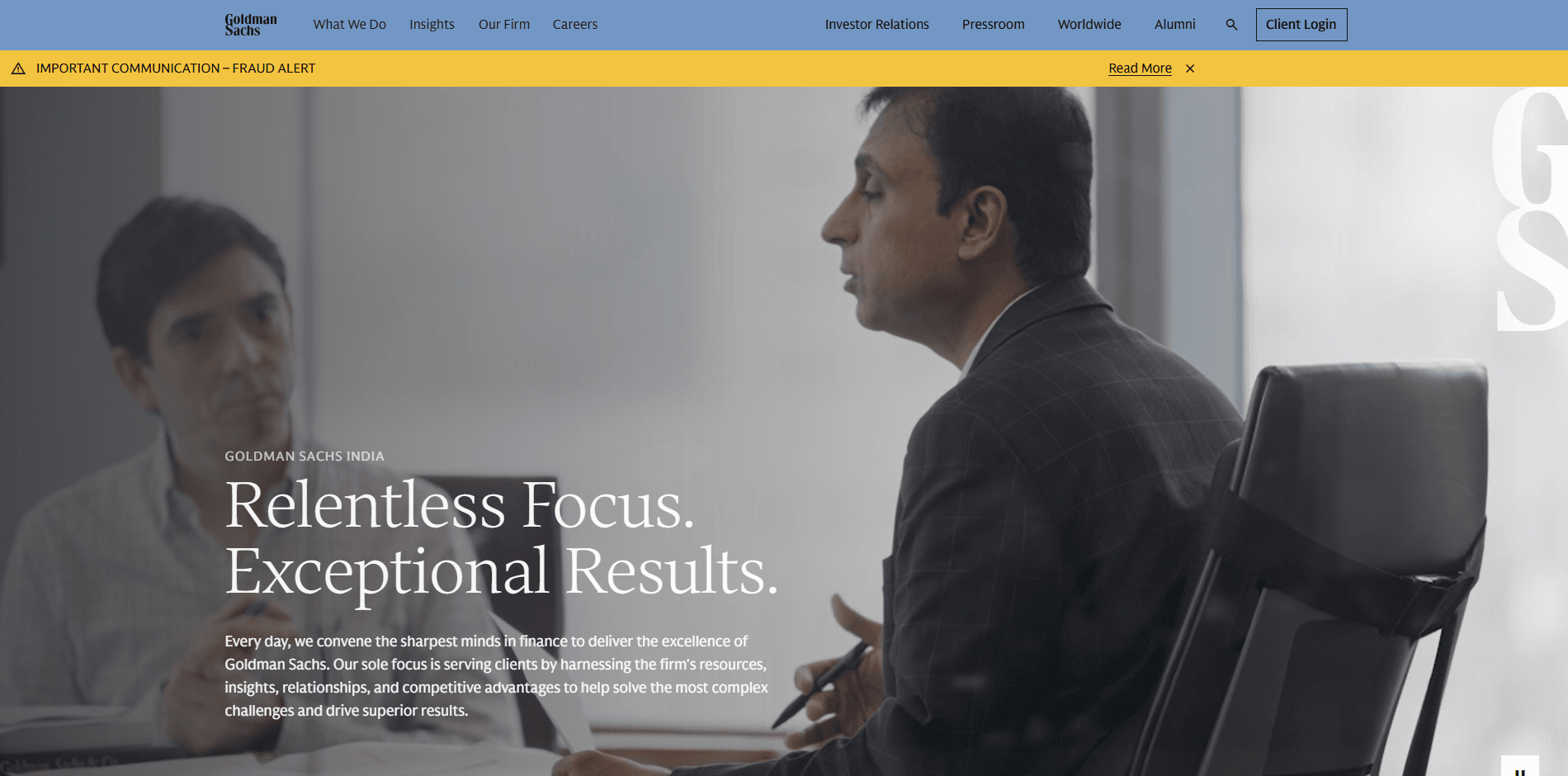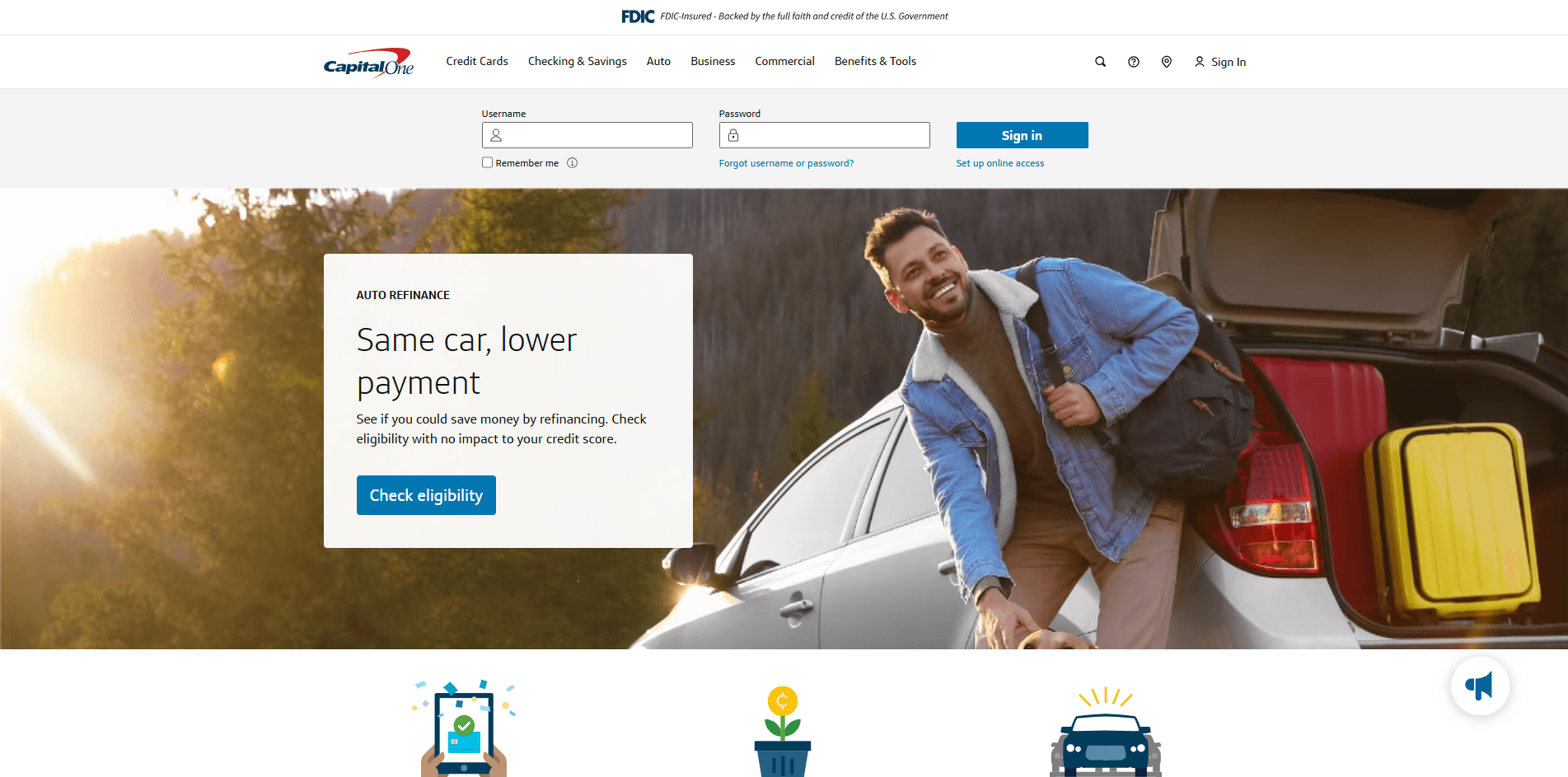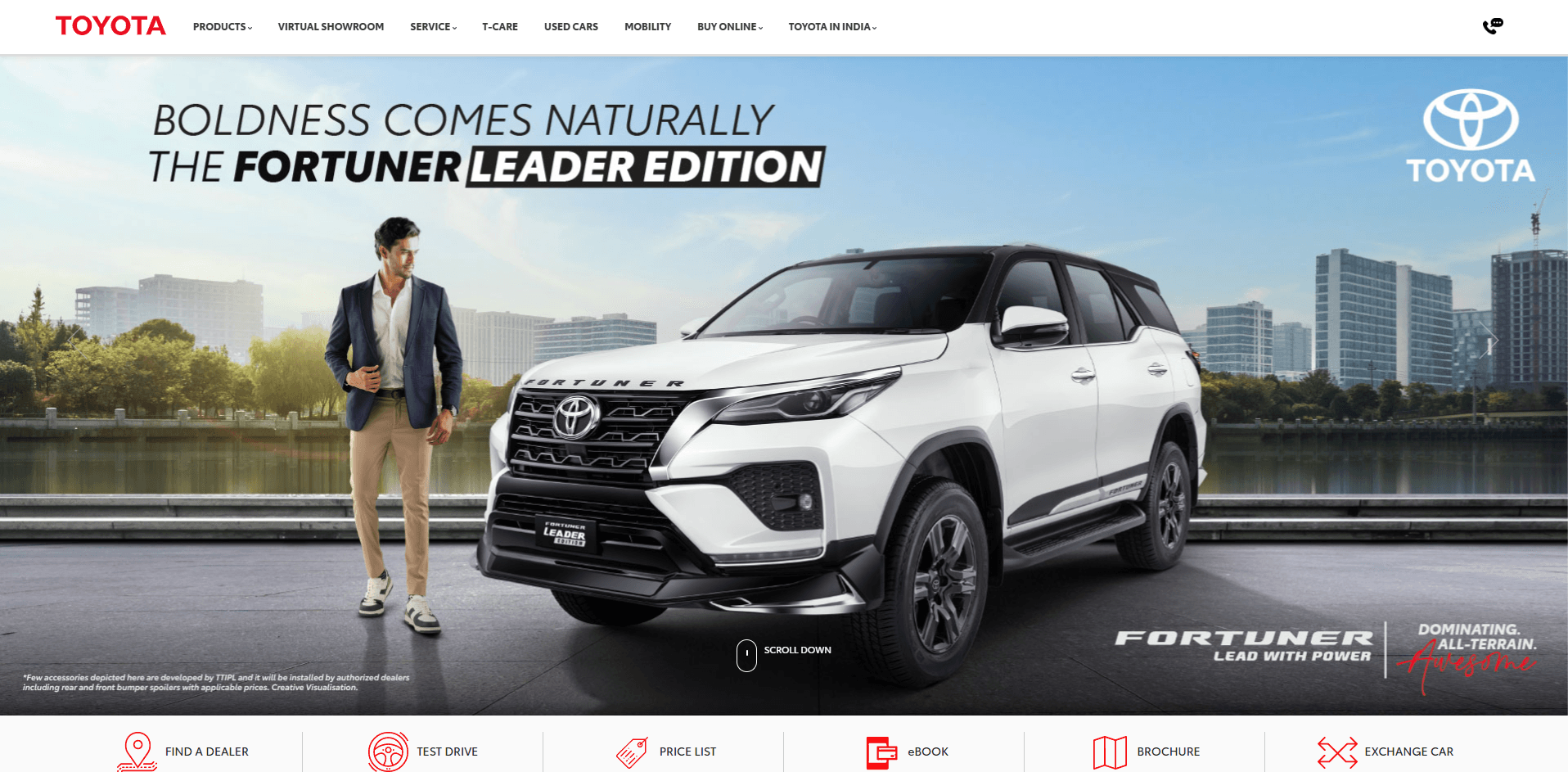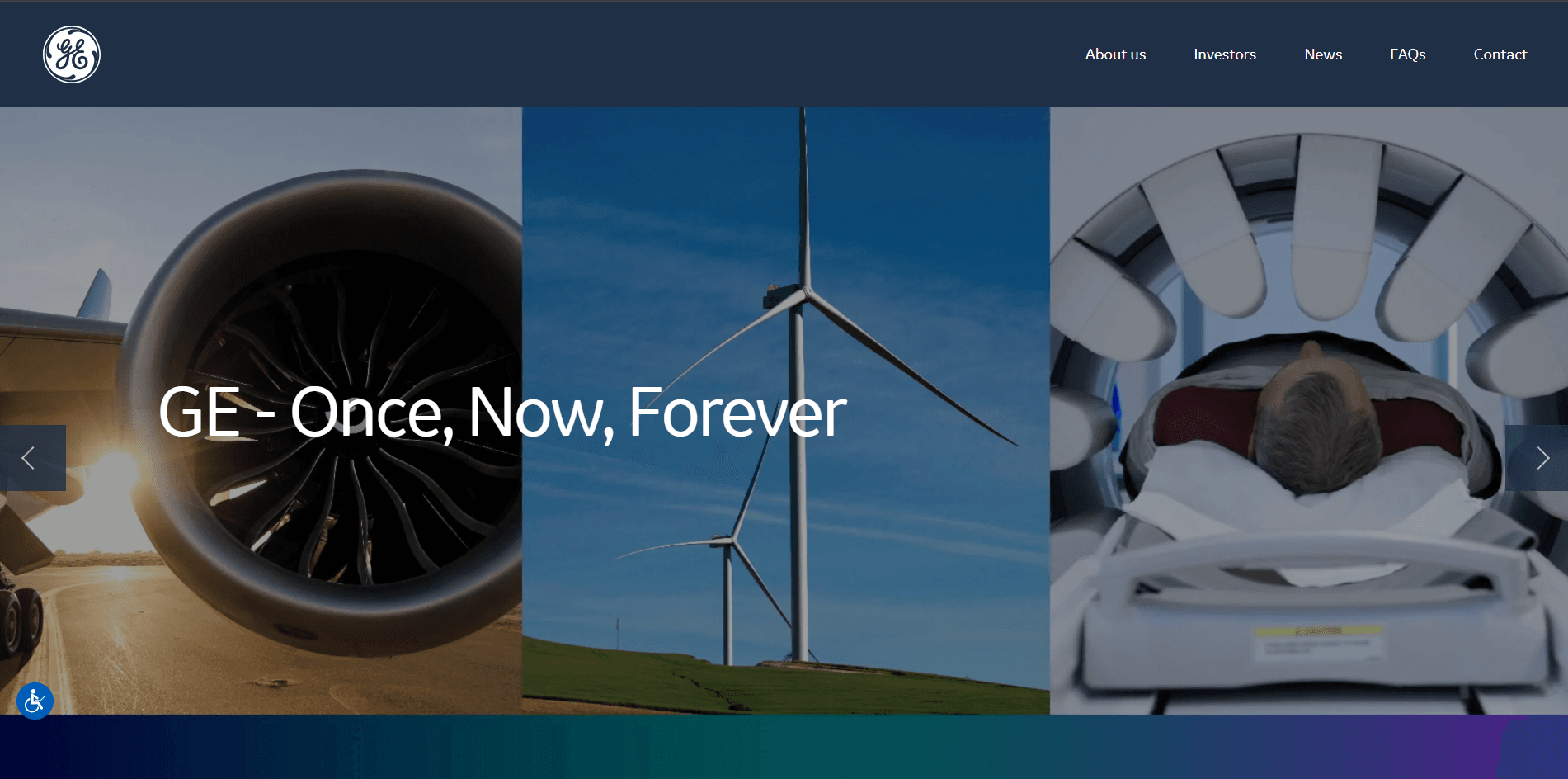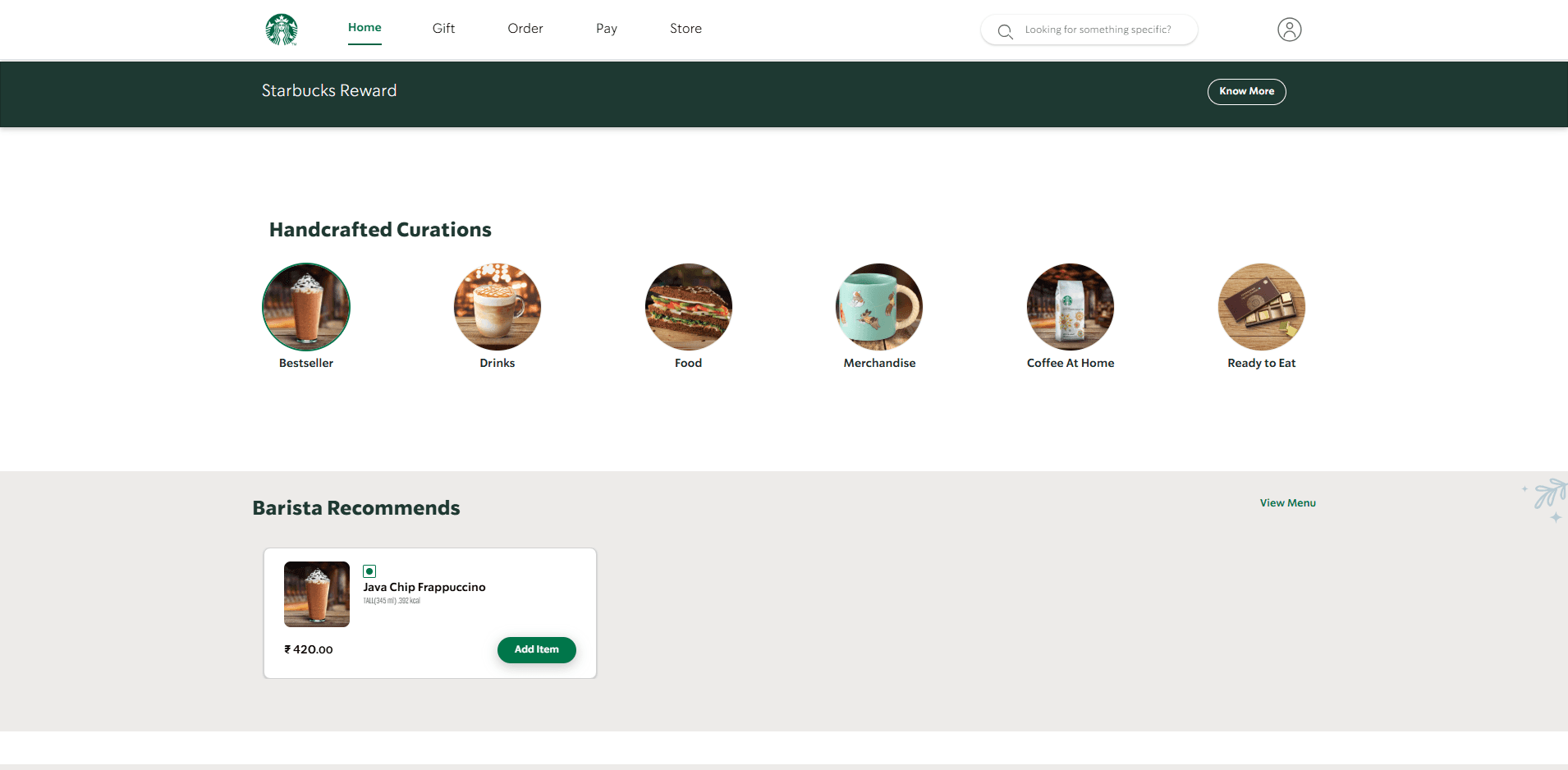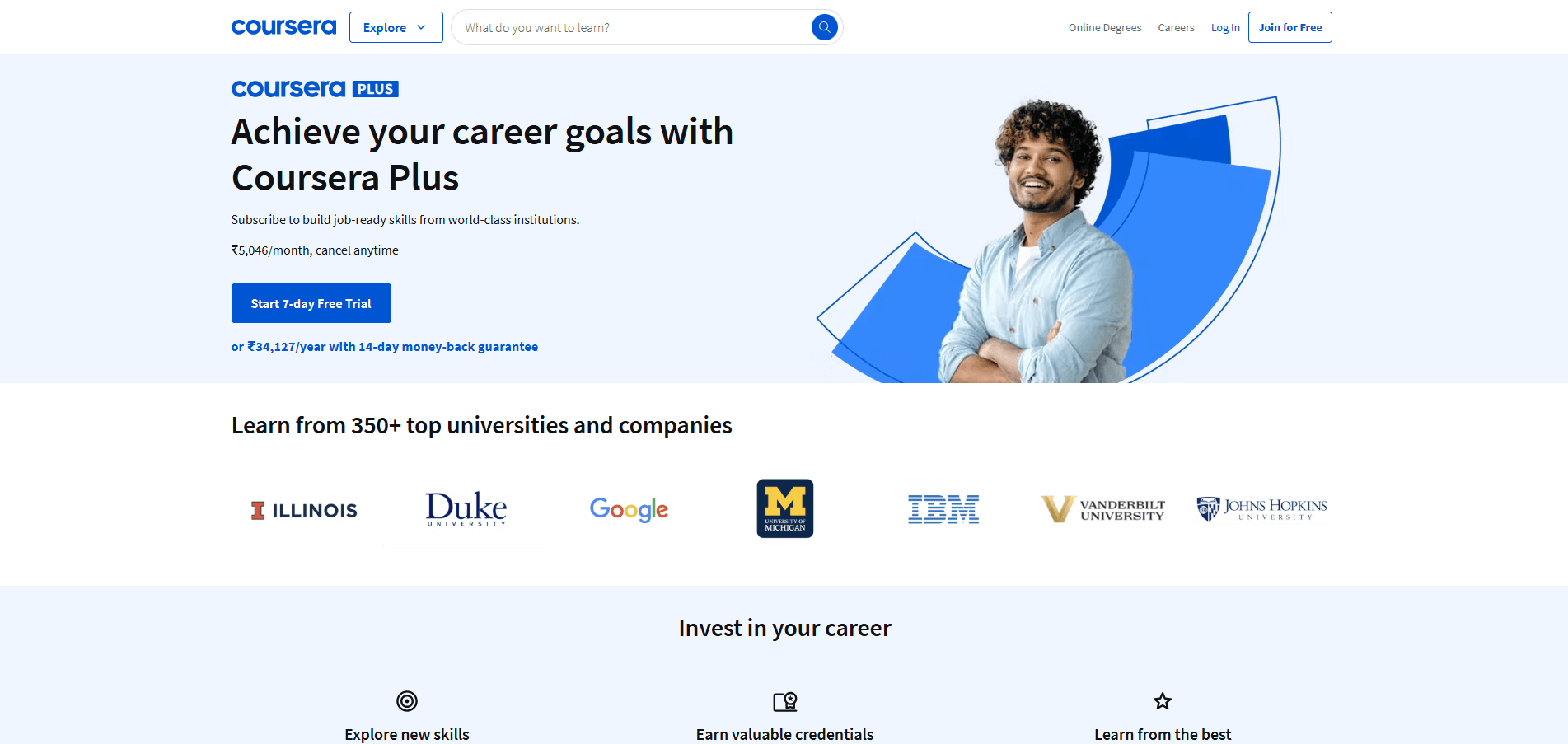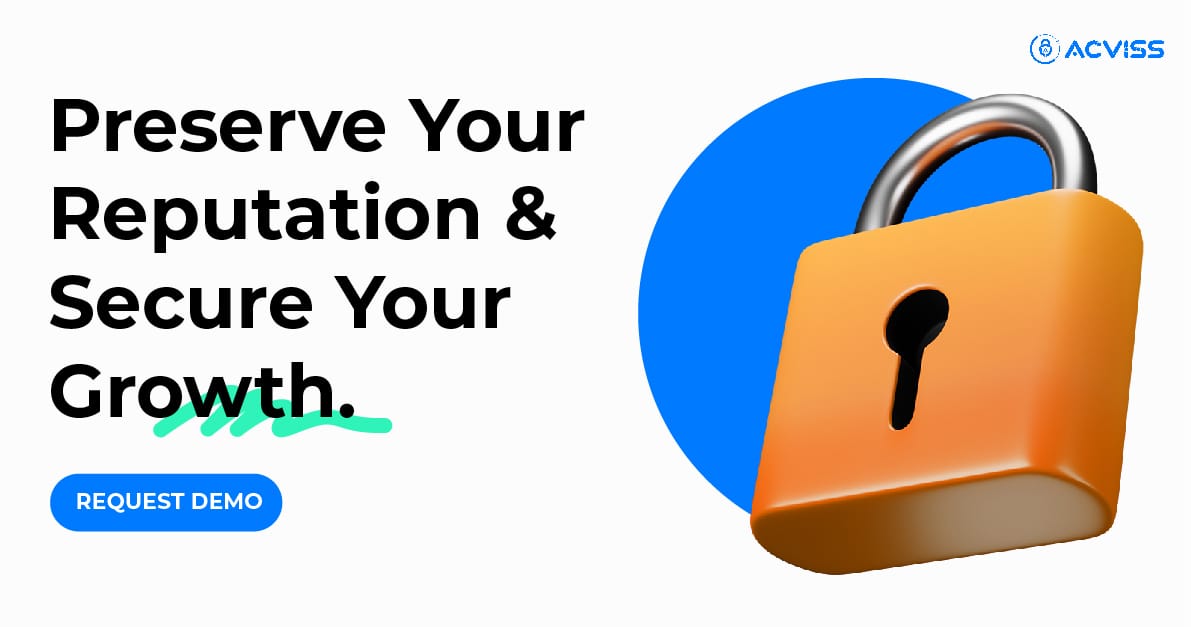Top 10 Brands That Built Their Futures with Digital-First Strategies
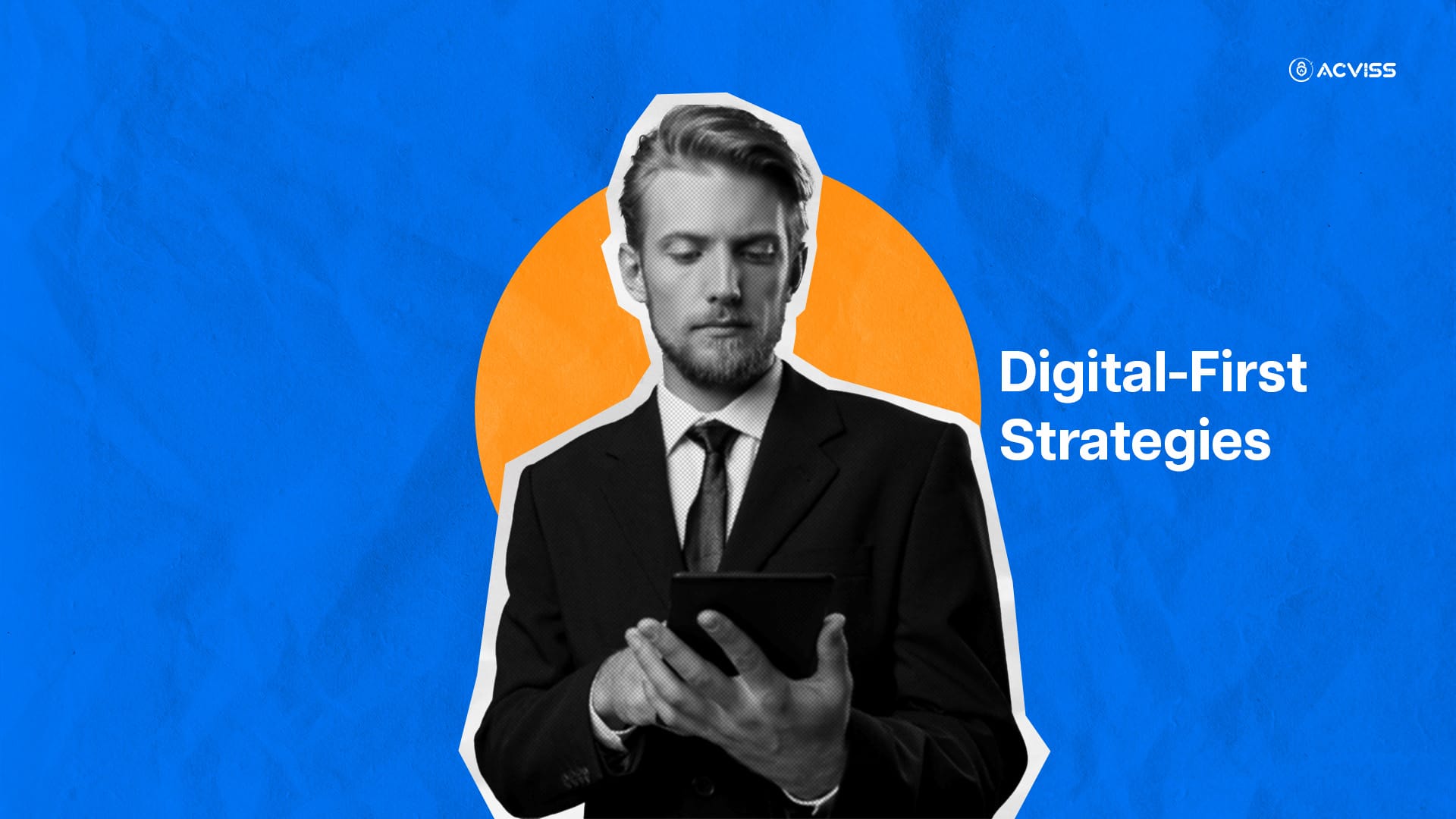
A decade ago, launching a brand meant stocking shelves, setting up store displays, and buying billboard space. But today, some of the most successful and recognisable brands didn’t start in stores; they started online. From the comfort of a couch, with nothing but a laptop and an internet connection, entrepreneurs have built multimillion-dollar businesses that are redefining what it means to build a brand.
Digital-first brands have turned the traditional model on its head, not just surviving but thriving without the traditional retail infrastructure. What sets them apart isn’t just their use of technology; it’s how they use it to build community, trust, and seamless experiences.
What "Digital-First" Really Means
Owning a website or a social media account doesn’t make a company digital-first. That’s the bare minimum.
A true digital-first strategy is about rethinking your brand identity and customer engagement from a digital perspective. It involves building seamless, always-on experiences across platforms and using data to continuously refine them.
Instead of pushing consumers down a traditional sales funnel, digital-first brands meet them where they are. On the platforms they already use. Building trust and engagement over time.
Why Leading Brands Embrace Digital-First Strategies
Digital-first is not just a buzzword. It's a business advantage. Here's why many leading companies have made it their core strategy:
- Efficiency Gains
Automation tools streamline processes, reduce errors, and improve turnaround times. - Faster Innovation
Digital platforms support rapid experimentation and new service models. - Smarter Decisions
Data analytics and business intelligence tools enable better forecasting, personalisation, and strategic planning. - Stronger Risk Management
AI and cloud solutions improve threat detection and recovery planning. - Competitive Edge
From cost savings to customer loyalty, digital-first companies are better positioned to adapt and lead. - Customer-Centric Experiences
Personalisation, 24/7 service, and intuitive interfaces drive satisfaction and retention. - Sustainability
Optimised digital processes reduce waste, energy use, and emissions.
How Top Brands Transformed with Digital-First Thinking
1. Netflix
Netflix did not just disrupt media consumption. It redefined digital service delivery.
By moving from DVD rentals to streaming, Netflix changed how content is consumed. But what solidified its dominance was the way it used AI and machine learning.
Netflix analyses user behaviour to deliver hyper-personalised recommendations. It even influences content development, using data insights to greenlight original productions. This data-backed creativity is why hits like "Stranger Things" and "The Crown" became global phenomena.
Netflix’s platform is constantly optimised for speed, usability, and multi-device compatibility. They don’t just respond to user needs, they anticipate them.
2. Walmart
Walmart’s transformation from a traditional retailer to a digital powerhouse is a case study in scale, speed, and vision.
The company invested billions into its e-commerce infrastructure. It acquired Jet.com to enhance its online capabilities and brought in digital-native leadership to steer its omnichannel vision.
Robotics and automation now drive its supply chain, while its app integrates online shopping, pickup, and payments. The result? Walmart became a serious challenger to Amazon in e-commerce while reinforcing its physical store network as fulfilment hubs.
3. Airbnb
From the beginning, Airbnb was built on digital architecture. But its growth story lies in how it scaled that foundation.
Airbnb uses dynamic pricing models, real-time fraud detection, and advanced user segmentation to refine its platform. Data science and machine learning help optimise both supply and demand.
The company also invested in design and UX, making it one of the most user-friendly platforms in the travel sector. Airbnb didn’t just go digital; it stayed digitally intelligent.
4. Nike
Nike pivoted hard toward a direct-to-consumer model. This shift was underpinned by digital assets like the SNKRS app, Nike+, and their member rewards platform.
Nike also doubled down on data. From its retail stores to mobile interactions, every customer touchpoint feeds into a central analytics engine.
They implemented features like Nike Fit, an AI-powered tool that recommends shoe sizes based on foot scans. These tools improved customer experience, reduced returns, and built loyalty.
Nike’s digital-first approach transformed them from a product company into a connected lifestyle brand.
5. Goldman Sachs
Traditionally known for investment banking, Goldman Sachs broke the mould by launching Marcus, a fully digital consumer bank.
It wasn’t just a new product. It was a new business line, built from the ground up using digital principles. Marcus offered savings accounts, loans, and now wealth management, all through a seamless mobile-first experience.
Goldman also invested in machine learning for fraud detection, credit risk modelling, and customer service automation. This move helped it diversify, attract new demographics, and enhance operational efficiency.
6. Capital One
Capital One was one of the first banks to declare itself a tech company. It moved all operations to the cloud and embraced agile software development.
Its mobile app became central to customer engagement. Users could lock cards, monitor transactions, and access insights powered by machine learning. The use of APIs and microservices allowed Capital One to innovate faster and offer better digital experiences.
Their approach showcases how even heavily regulated industries can adopt digital-first models successfully.
7. Toyota
Toyota leveraged AI, IoT, and robotics to transform its manufacturing ecosystem. The company implemented predictive maintenance to reduce downtime and optimise production.
Its vehicle telematics system now collects real-time performance data, enhancing service quality and product design. Toyota also offers digital services like connected car apps and subscription-based features.
This shift allowed Toyota to respond faster to market changes, ensure product quality, and unlock new revenue models.
8. GE (General Electric)
GE embraced digital by creating GE Digital and launching Predix, an industrial IoT platform.
This platform collects and analyses data from machines in real-time. It helps predict failures, optimise energy use, and reduce maintenance costs.
GE also adopted cloud computing and 3D printing in its manufacturing processes. These changes improved operational agility and opened up new business opportunities in digital services.
9. Starbucks
Starbucks was early to recognise that digital was not just a channel, but a core customer experience.
Their mobile app allows customers to order, pay, and earn rewards. It became a critical tool during the pandemic, helping Starbucks maintain engagement and sales.
Behind the scenes, AI and machine learning tailor promotions and forecast inventory. The app doesn’t just serve coffee, it collects behavioural data to refine everything from product development to location planning.
10. Coursera
Coursera turned education into a digital-first experience. Its platform integrates video, interactive assessments, and community discussion at scale.
It uses AI to personalise course recommendations, adjust learning pathways, and even evaluate open-ended assignments.
Coursera’s analytics dashboard provides institutions and instructors with deep insights into learner engagement and outcomes. As a result, it became a key partner to universities and employers looking to deliver remote learning effectively.
Navigating the Transformation: Tools and Support Matter
Transitioning to a digital-first model requires more than technology. It demands support structures.
Digital Adoption Platforms (DAPs) are essential. They guide users through new systems, automate workflows, and provide real-time analytics to measure adoption.
Change management is also critical. Companies must invest in training, build cross-functional teams, and develop a culture of experimentation.
Digital transformation is not a one-time project. It’s an ongoing journey that requires leadership, agility, and data fluency.
Facing the Challenges
Despite the opportunities, the path to digital-first isn’t simple.
Common hurdles include:
- Lack of a clear strategy and measurable goals.
- Resistance from teams unfamiliar with digital workflows.
- Fragmented systems and siloed data.
- Underestimating the cultural shifts needed for transformation.
These challenges are real. But they are not insurmountable. Brands that approach digital change with humility and discipline tend to succeed over time.
The Shelf Is Optional, the Connection Is Not
What the stories of Warby Parker, Glossier, Allbirds, and others reveal is that the future of branding isn’t rooted in a physical shelf; it’s rooted in building connections, delivering value, and being relentlessly authentic.
Customers today don’t just buy products. They buy into stories, communities, and experiences. Digital-first brands thrive because they understand this shift, and they build for it from day one.
If you're building a brand or managing one in today’s digital-first world, don’t just think about distribution. Think about protection, authenticity, and trust.
Want to see how Acviss can help your brand grow safely and credibly in a digital-first landscape? Get in touch with us today.
